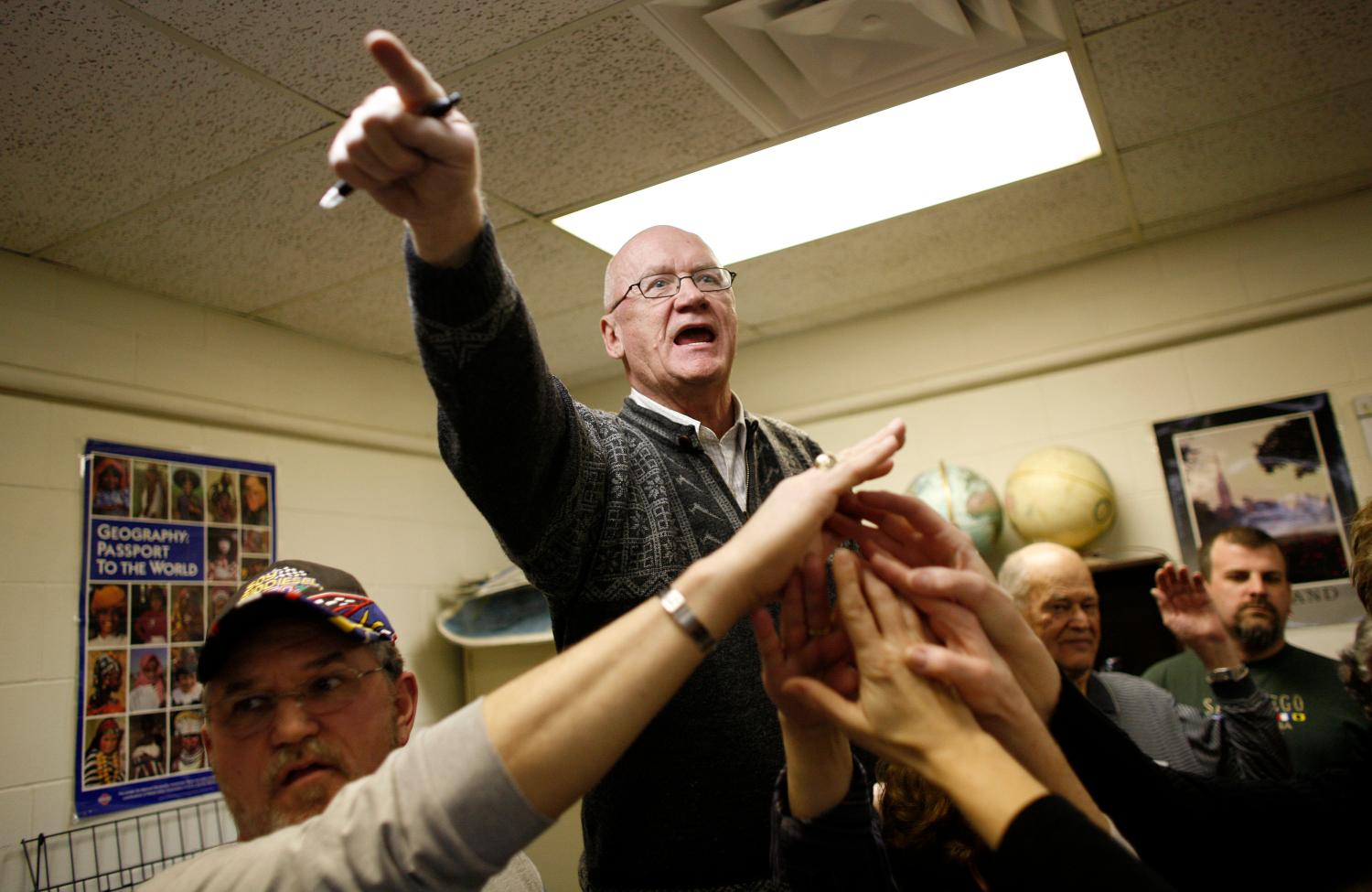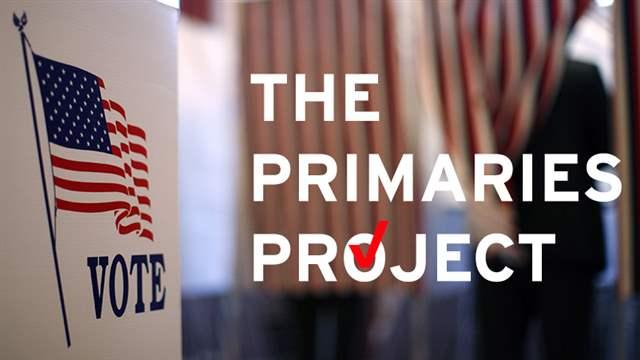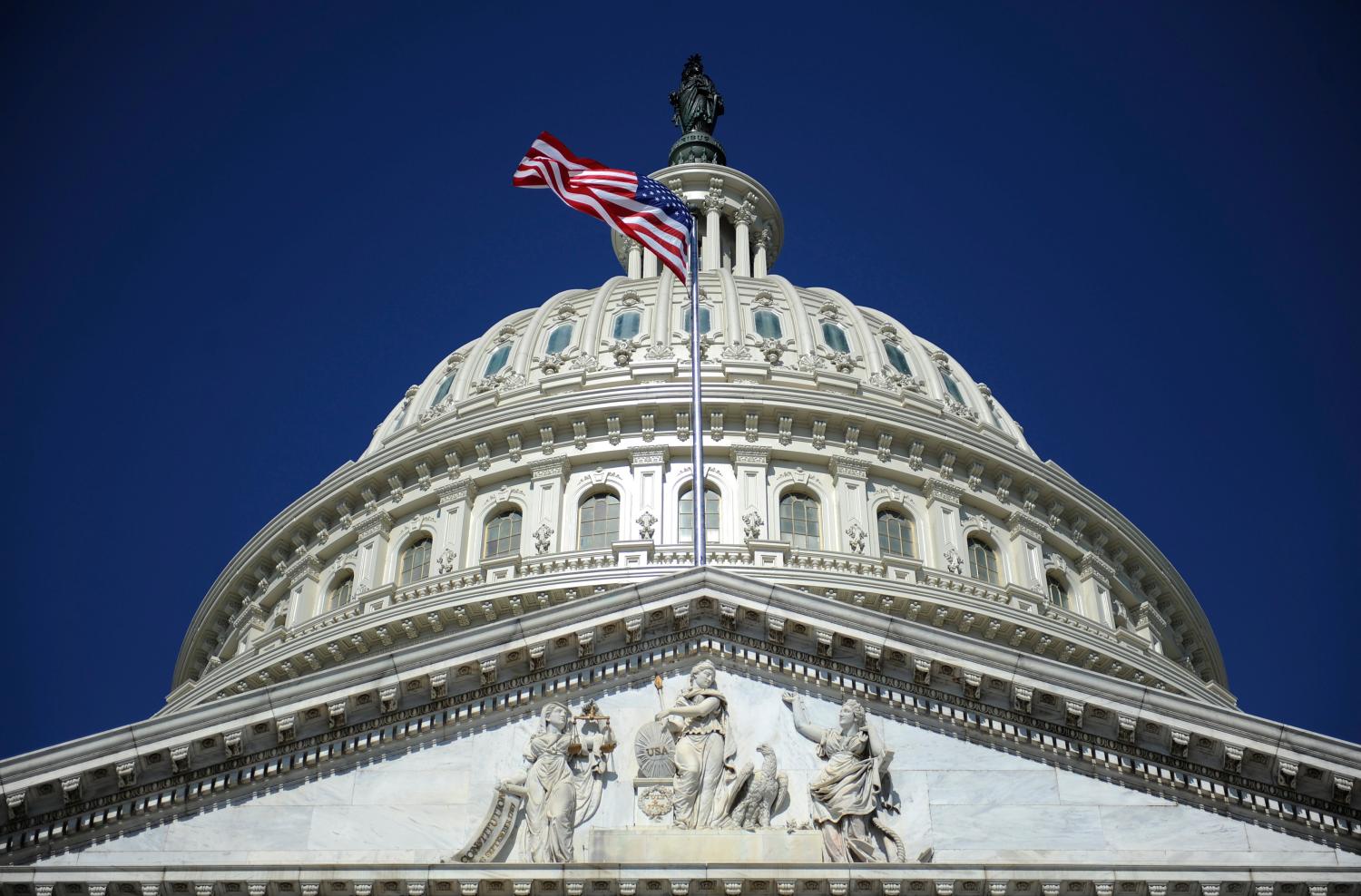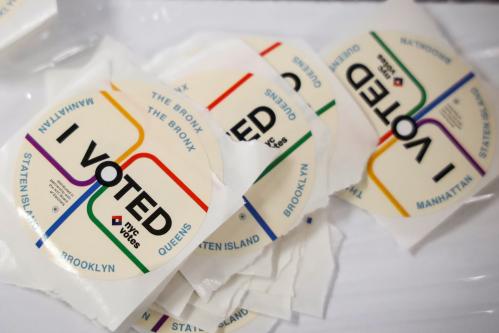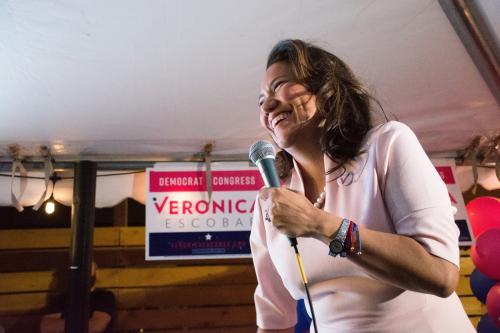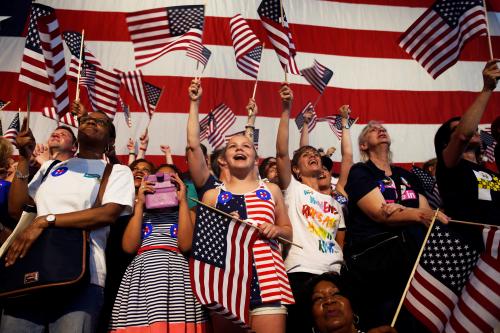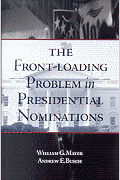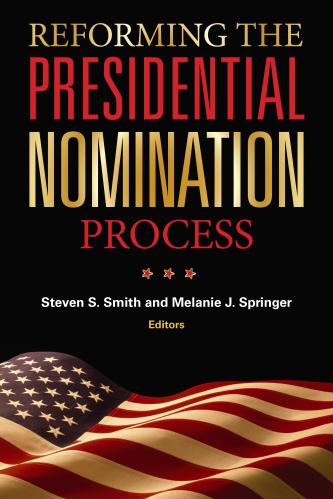Elaine Kamarck argues that the best way to lessen political polarization and increase voter turnout is to establish a national primary day. This paper is a wide-ranging look at how to reform the primary nominating and electoral system so as to alleviate today’s increasing polarization and subsequent governance stalemate.
Kamarck observes that:
- The nomination system of each party is the easiest and most accessible part of the political system – it is the place where polarization shows up and where its impact is magnified throughout the political system. Ideologically driven interest groups have long discovered that primaries were a good way to advance their cause.
- Unlike in other democracies around the world, the American nomination system is extraordinarily porous. In most other democracies, the “party list” is compiled centrally and is the only way to access the ballot. In the American system, a potential candidate need not have any prior experience or relationship with the party. She or he can simply contest the nomination and win.
- While the entire American nomination system is vulnerable to capture by factions within a political party, congressional primaries, especially for the House of Representatives, are particularly vulnerable, as they are inexpensive targets of opportunity for ideological groups.
- The low turnout and obscurity in which most congressional primaries take place makes them an easy, inexpensive place for factions within a political party to exercise influence and increase partisan polarization.
- Low-voter turnout in primaries equals low-media interest; and low-media interest reinforces low turnout the next primary season.
- The sheer number of primaries does not appear to be increasing, but what does seem to be changing are the reasons incumbents get challenged in primaries.
- The McGovern-Fraser reforms of the 1970s reforms resulted in a dramatic increase in the number of presidential primaries and a requirement that primary outcomes dictate the preferences of convention delegates. The resulting increase in presidential primaries was exponential and today the notion that voters would not play the key role in the nomination process is widely viewed as illegitimate.
While Congress could institute a national primary day, that route is highly unlikely. The second option, and far more feasible, writes Kamarck, is for the two national political parties to encourage a same-day congressional primary nation-wide.
If there were one or two national primary days, the national press would be able to cover it as a major story, she writes. A national primary day would engender discussions about the future of both political parties – their internal divisions and ideological factions. It would grab the attention of the press, the parties, interest groups and, most importantly, the voters. Good government groups could more easily encourage people to vote in the primaries if they changed into a national event.
The Brookings Institution is committed to quality, independence, and impact.
We are supported by a diverse array of funders. In line with our values and policies, each Brookings publication represents the sole views of its author(s).

